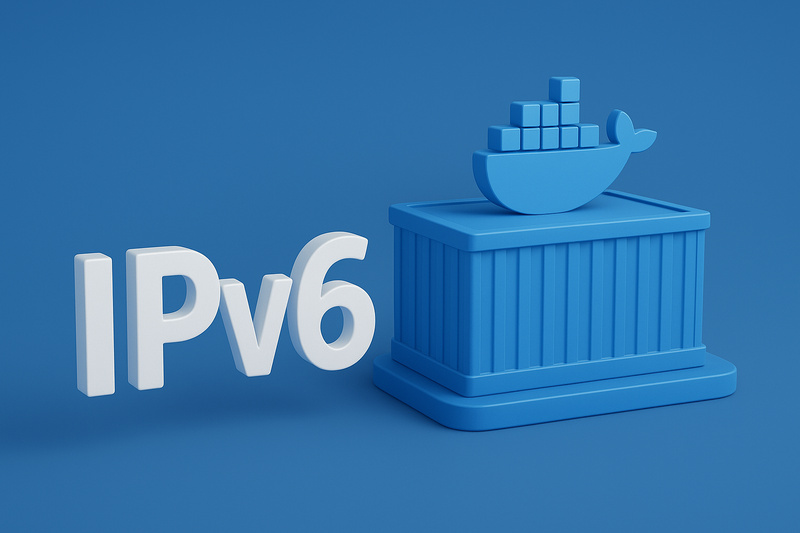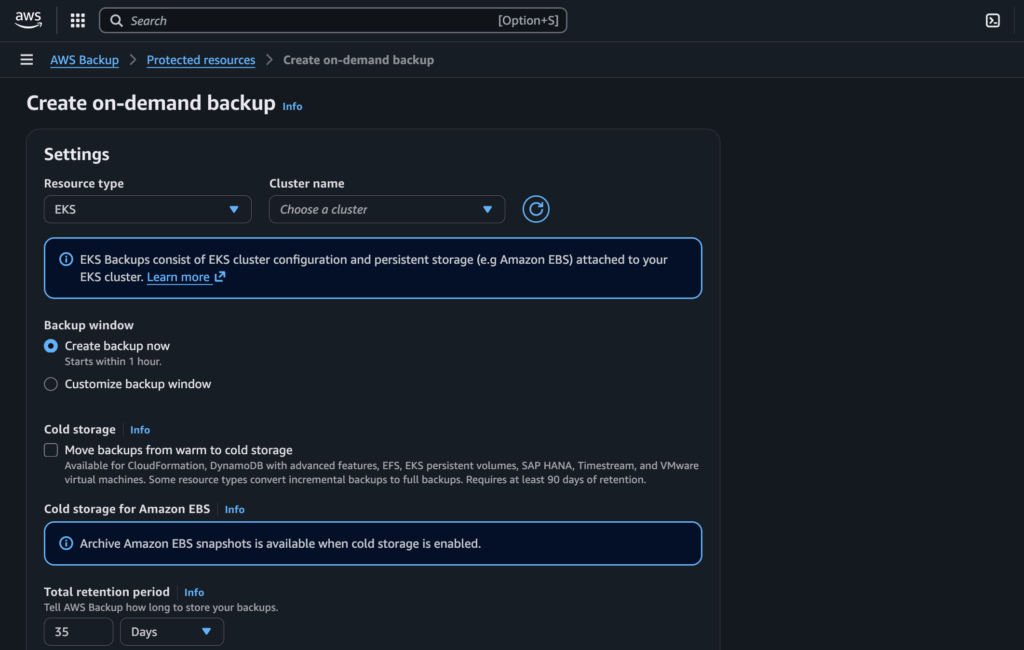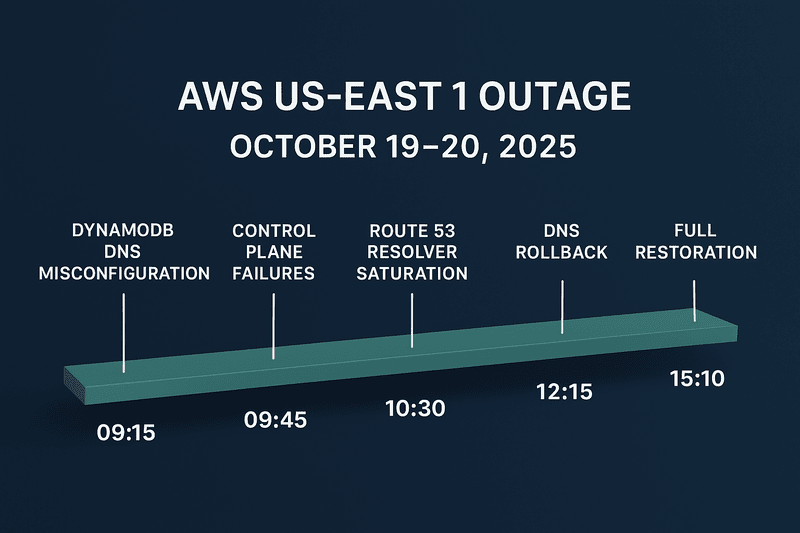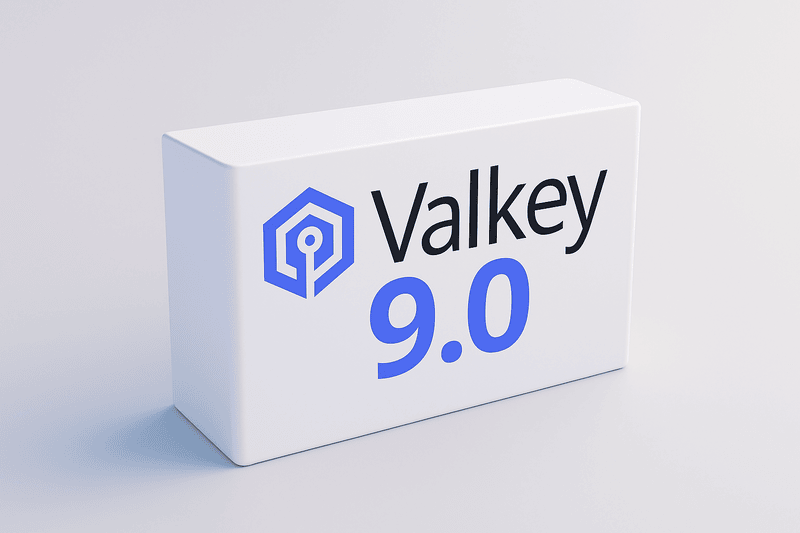Amazon Web Services (AWS) has rolled out a game-changing update: Amazon EC2 Auto Scaling (ASG) and Amazon ECS now support IPv6. This means you can scale applications without being constrained by IPv4 address limits, deploy services in IPv6-only environments, and gradually migrate workloads to the future of networking.
Let’s break down what this means for developers, architects, and enterprises running workloads on AWS.
🚀 EC2 Auto Scaling Groups (ASG) Embrace Dual-Stack IPv6
Traditionally, Auto Scaling groups have relied on IPv4 addresses, which are limited in availability and can cause scaling bottlenecks. With the new update, EC2 Auto Scaling now supports dual-stack networking (IPv4 + IPv6).
Key Benefits
- Virtually unlimited scaling – No more being restricted by IPv4 address space in your VPC.
- Contiguous IP ranges – Easier subnet and microservice management.
- Gradual migration path – Safely transition workloads from IPv4 to IPv6.
- Global availability – Supported across all AWS commercial regions (except New Zealand) and GovCloud regions.
This is a huge step forward for organizations looking to modernize their infrastructure while maintaining compatibility with existing IPv4 workloads.
🛡️ Amazon ECS Powers IPv6-Only Workloads
Amazon Elastic Container Service (ECS) has also received a major upgrade: ECS tasks and services can now run in IPv6-only subnets.
Previously, ECS tasks always required an IPv4 address—even when using dual-stack subnets—creating operational and scaling challenges for large containerized fleets. With this launch, IPv4 is no longer a dependency.
Why This Matters
- Run IPv6-only tasks – ECS tasks in IPv6-only subnets now rely solely on IPv6 addresses.
- Remove IPv4 bottlenecks – Scale your containerized workloads without worrying about IPv4 exhaustion.
- Meet compliance requirements – Native IPv6 support helps organizations align with IPv6 adoption and regulatory mandates.
- Full flexibility – Works with all ECS launch types (EC2, Fargate) and networking modes (awsvpc, bridge, host).
In practice, this enables enterprises to deploy containerized applications that are future-proof, scalable, and standards-compliant.
🔧 Getting Started with IPv6 on AWS
For EC2 Auto Scaling
- Enable dual-stack (IPv4 + IPv6) in your VPC.
- Assign IPv6 CIDR blocks to your subnets.
- Update your Auto Scaling groups to support IPv6.
Learn more in the ASG IPv6 documentation →
For ECS
- Create IPv6-only subnets in your VPC.
- Launch ECS tasks or services in these subnets.
- ECS automatically provisions networking for IPv6-only tasks.
Check the ECS IPv6 networking guide →
🌍 The Future Is Dual-Stack and Beyond
AWS’s addition of IPv6 support for EC2 Auto Scaling and ECS signals a clear shift toward the IPv6-first world. Organizations no longer need to choose between legacy IPv4 and modern IPv6—they can adopt a gradual, hybrid approach that balances compatibility with long-term scalability.
If your workloads are hitting IPv4 scaling limits or if your organization must comply with IPv6 mandates, now is the perfect time to test and adopt these new features.
With virtually limitless IP space, simplified network management, and native IPv6 support, AWS is making it easier than ever to scale applications to meet the demands of tomorrow.







